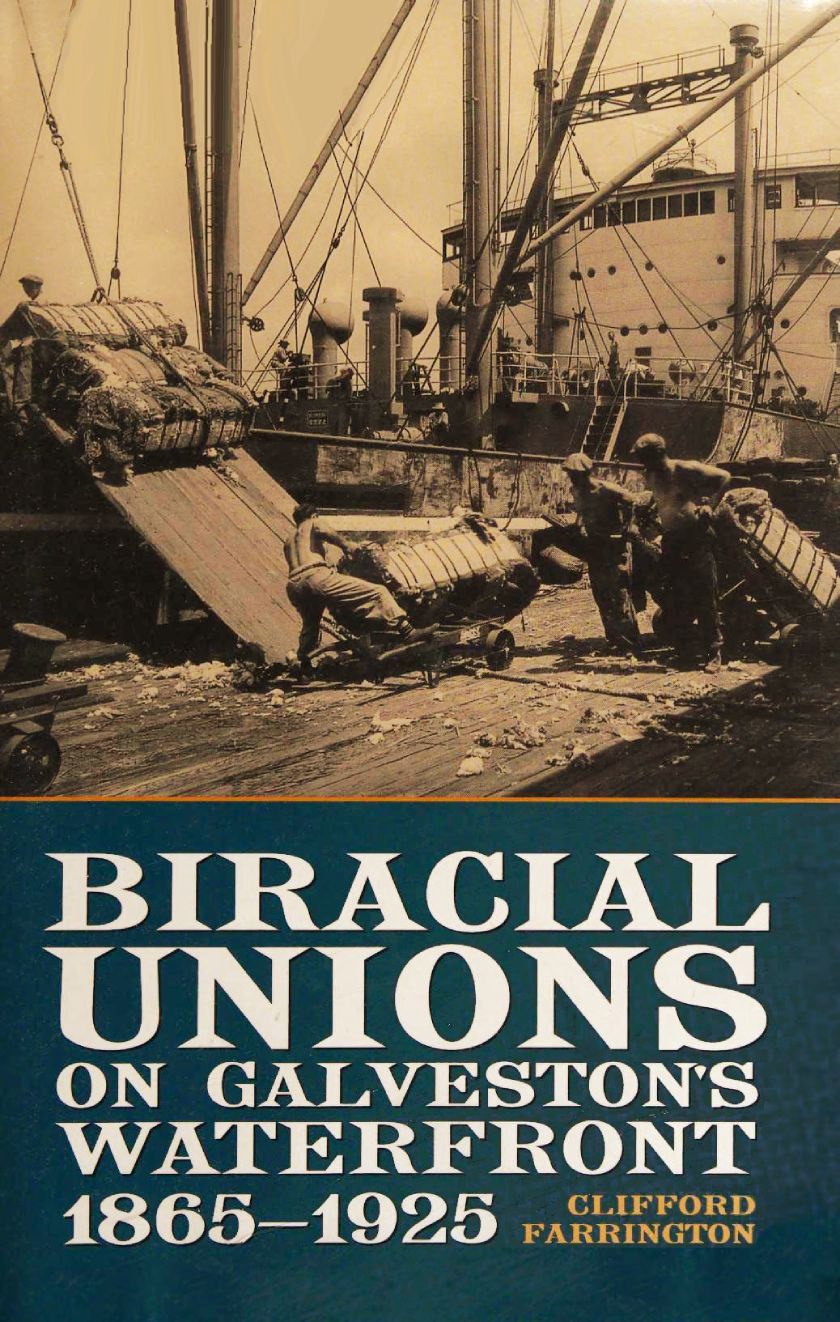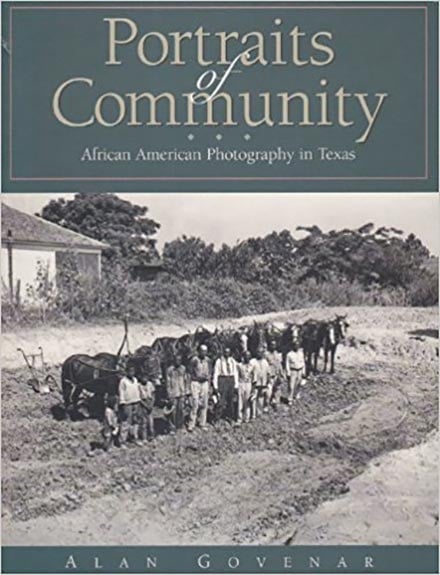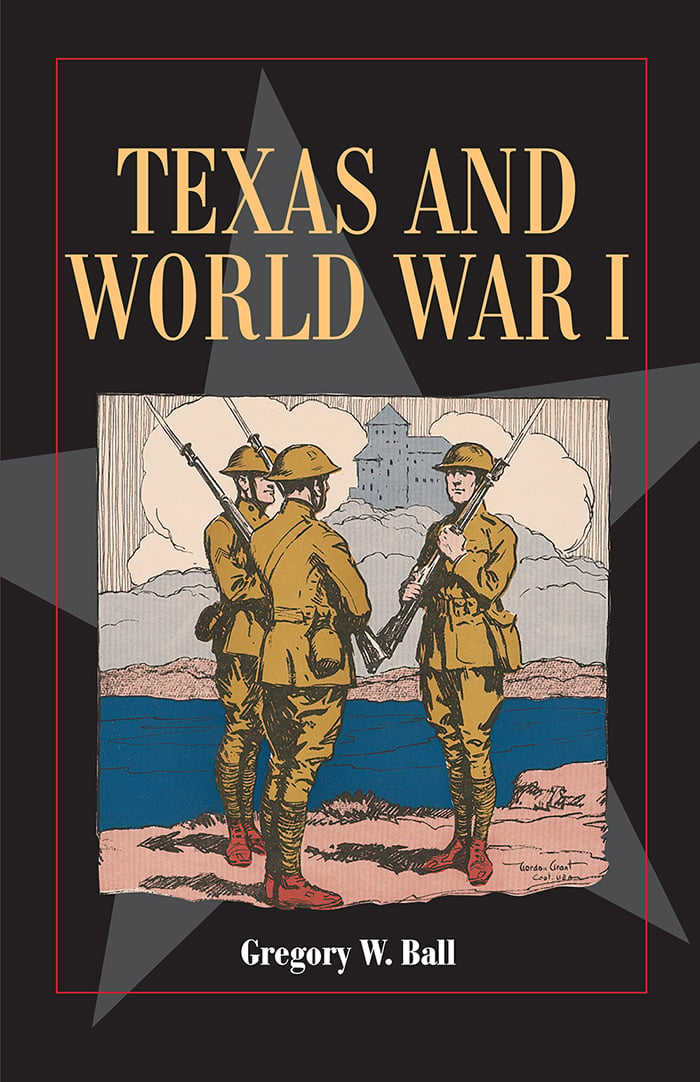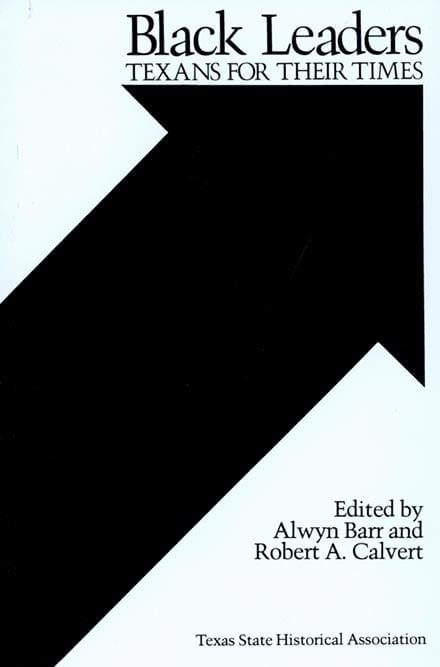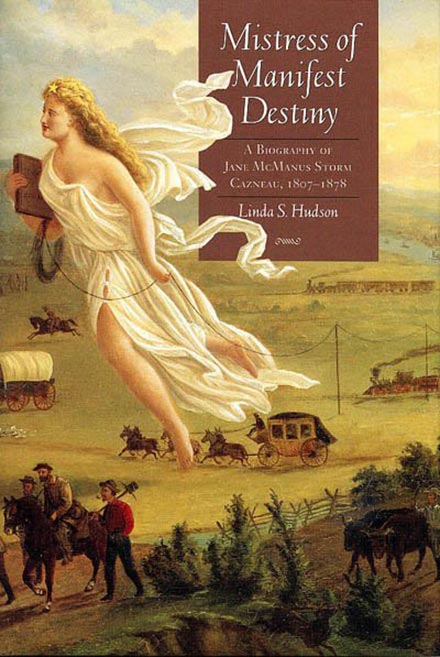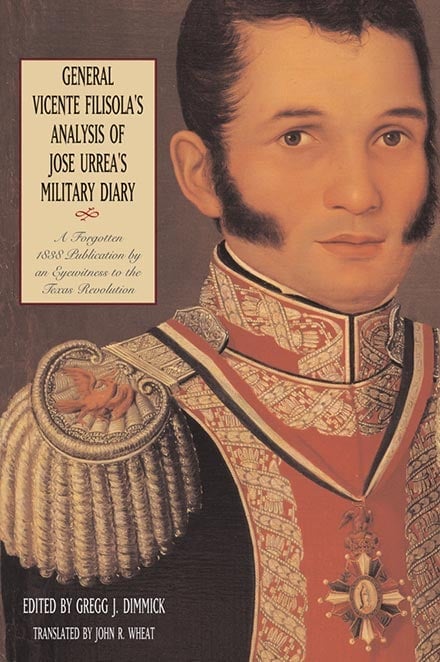Segregation is the physical separation of peoples on the basis of ethnicity and social custom historically applied to separate African Americans and Mexican Americans from Whites in Texas. Racial attitudes that supported segregation of African Americans probably arrived in Texas during the 1820s in company with the "peculiar institution," slavery. Anglo-Americans began extending segregation to Mexican Americans after the Texas Revolution as a social custom. Tejanos formed a suspect class during and after the revolution, and that fact led to a general aversion of them. After the Civil War, segregation developed as a method of group control. For both minority groups, segregation existed in schools, churches, residential districts, and most public places such as restaurants, theaters, and barber shops. By the latter years of the nineteenth century, institutionalized segregation flourished legally in places with a visible Black population and was extended informally to Tejanos. Most Texas towns and cities had a "Negro quarter" and a "Mexican quarter."
Although the law specified until 1890 that Black schools were to have equal access to the common school fund, they often did not. In the early twentieth century, Black and Mexican schools faced lamentable conditions endemic in an antiquated educational system, and educational reforms of the Progressive era did not improve matters. During the 1920s, Black schoolchildren were more likely to miss school than White students, Black teachers received less pay and training than their White counterparts, and teaching accommodations ordinarily amounted to one-room buildings generally under the tutelage of a single teacher. The same circumstances applied to Hispanic students, who were segregated because some Whites thought them "dirty" and because some White employers desired an uneducated, inexpensive labor pool. Whatever schools existed often suffered from inadequate financing, poor educational facilities, and racist curriculum. Shunned by White society, minorities formed their own PTAs and school organizations (see SPANISH-SPEAKING PTA), and in the case of the Black campuses, their own sports and academic rivalries. Parallel clubs and athletic teams were not as common in Mexican schools since Mexicans were considered "White" and thus did not receive the budgeting African Americans did from the "separate but equal" policy. These educational inequalities persisted into the 1950s.
An elaborate system of legal codes kept Black Texans apart from the mainstream of Texas life. Railroad-car segregation began in 1891. In 1910 and 1911, the legislature passed laws dictating that railroad companies provide separate waiting rooms in railroad stations. Several Texas towns adopted residential segregation laws between 1910 and the 1920s. Legal strictures called for segregated water fountains and restrooms. By 1930, Black citizens could not attend sports or cultural events, eat at the better restaurants, or get lodging at the finer hotels unless these facilities provided separate accommodations. None of these laws specifically had Mexicans in mind, but White society nevertheless generally excluded them. Often, Mexican Americans could not commingle with Whites at barbershops, restaurants, funeral homes, churches, juries, theaters, or numerous other public places.
In the workplace, minorities similarly confronted segregation. Numerous craft unions, for example, refused membership to Black and Tejano workers, and unions founded by African or Mexican Americans were ordinarily segregated. Generally, Blacks and Mexicans received less pay for doing the same job as Whites. Separationist practices led Blacks to seek employment in such menial roles as gardeners, cooks, bootblacks, and maids. Mexicans turned to fieldwork or other types of unskilled tasks such as construction and railroad maintenance in urban areas.
Although minority civil-rights activists contested segregationist policies in the years after World War I, significant successes did not come until after the next world war. After the United States Supreme Court case Sweatt v. Painter (1950) mandated that the University of Texas law school admit Black students, several undergraduate colleges in Texas took the cue and integrated their own campuses. The Supreme Court decision in Brown v. Board of Education (1954) declared the unconstitutionality of the "separate but equal" doctrine in schools, public vehicles, eating establishments, and the like. Mexican Americans won their own protracted struggle in a series of favorable verdicts from Texas courts that weakened racial separation. Among these were Delgado v. Bastrop ISD (1948), which prohibited school boards from designating specific buildings in a school campus for Mexican children. In Hernández v. State of Texas (1954), the United States Supreme Court declared Mexican Americans to be a class to whom Jim Crow laws could not be applied.
Many White Texans did not accede easily to federal mandates or to some of their implications. In 1956, for example, the voters approved a referendum that opposed compulsory attendance in integrated schools and another that prohibited intermarriage. The 1957 legislature passed laws encouraging school districts to resist federally ordered integration, though Governor Price Daniel, Sr., ignored such laws in the late 1950s. During the 1960s, however, legal segregation passed into history. Court decisions, federal investigations such as those conducted by the United States Commission on Civil Rights in the late 1960s, the civil rights movement of that same age, activism by African Americans and Mexican Americans, and a more tolerant White society toppled Jim Crow.
Is history important to you?
We need your support because we are a non-profit that relies upon contributions from our community in order to record and preserve the history of our state. Every dollar helps.
Carl Allsup, The American G.I. Forum: Origins and Evolution (University of Texas Center for Mexican American Studies Monograph 6, Austin, 1982). Alwyn Barr, Black Texans: A History of Negroes in Texas, 1528–1971 (Austin: Jenkins, 1973). Robert A. Calvert and Arnoldo De León, The History of Texas (Arlington Heights, Illinois: Harlan Davidson, 1990). Mario T. García, Desert Immigrants: The Mexicans of El Paso, 1880–1920 (New Haven: Yale University Press, 1981). David Montejano, Anglos and Mexicans in the Making of Texas, 1836–1986 (Austin: University of Texas Press, 1987). Merline Pitre, In Struggle Against Jim Crow: Lulu B. White and the NAACP, 1900–1957 (College Station: Texas A&M University Press, 2010). James Smallwood, Time of Hope, Time of Despair: Black Texans during Reconstruction (London: Kennikat, 1981). Guadalupe San Miguel, Jr., "Let All of Them Take Heed": Mexican Americans and the Campaign for Educational Equality in Texas (Austin: University of Texas Press, 1987).
The following, adapted from the Chicago Manual of Style, 15th edition, is the preferred citation for this entry.
Arnoldo De León, Ph.D. and Robert A. Calvert,
“Segregation,”
Handbook of Texas Online,
accessed April 25, 2024,
https://www.tshaonline.org/handbook/entries/segregation.
Published by the Texas State Historical Association.
TID:
PKS01
-
Original Publication Date:
-
January 1, 1996
-
Most Recent Revision Date:
-
January 27, 2021
This entry belongs to the following special projects:



